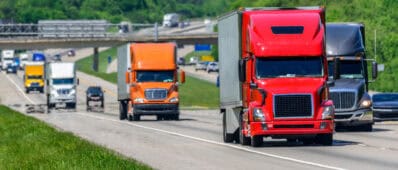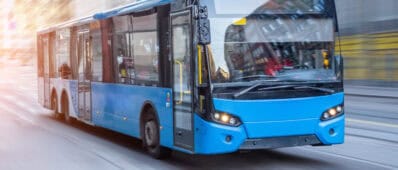Abstract
This report examines if and to what extent state-level transportation departments in four states incorporate race and equity considerations into transportation planning technical analyses and modeling practices, particularly for long-range transportation plans, and how such equity-infused practices can be improved. The research team examined relevant literature, reviewed statewide long-range transportation plans for California and three other states, consulted with other experts, and conducted interviews with scholars and knowledgeable agency staff and practitioners. The findings indicate widespread acknowledgment that racial disparities in transportation exist, and state agencies have expressed a strong commitment to redressing the inequalities. However, while there has been progress in creating analytical equity tools to assess transportation projects and programs, they lack standardization. There have also been few noticeable revisions to existing regional transportation planning models to incorporate equity, and the profession lags behind what is technically possible based on the work of academic researchers. Technical staff need better training in regard to equity issues and agencies should encourage greater collaboration between equity and analytical units to develop and improve frameworks to assess equity performance in plans, programs, and projects.


